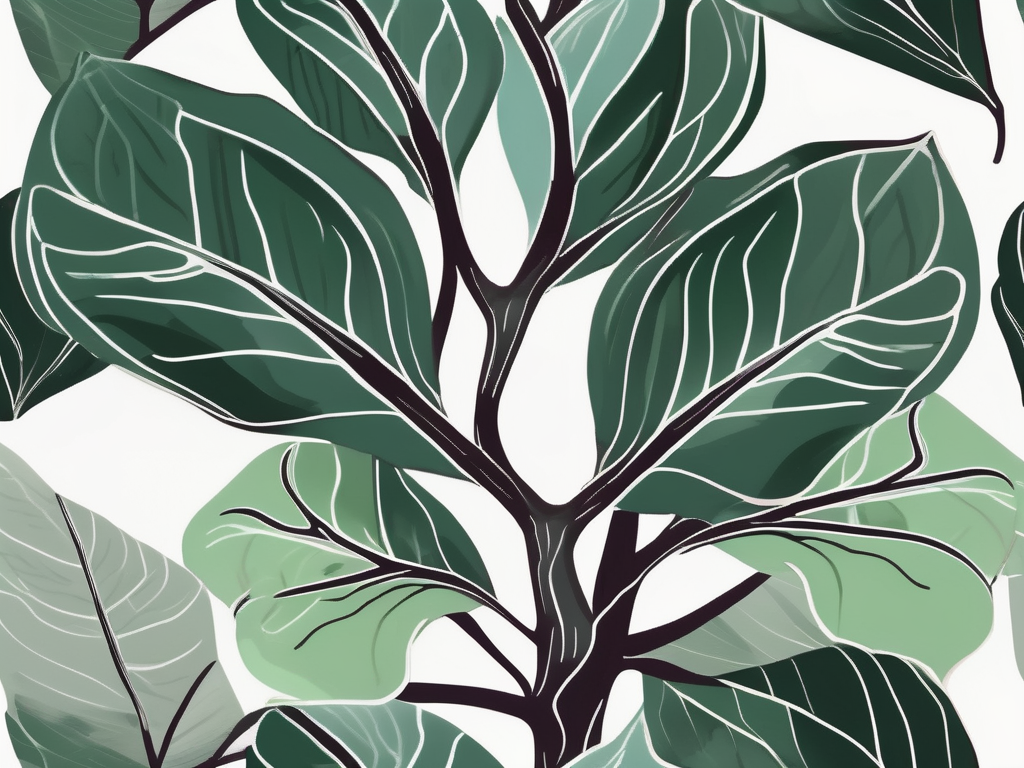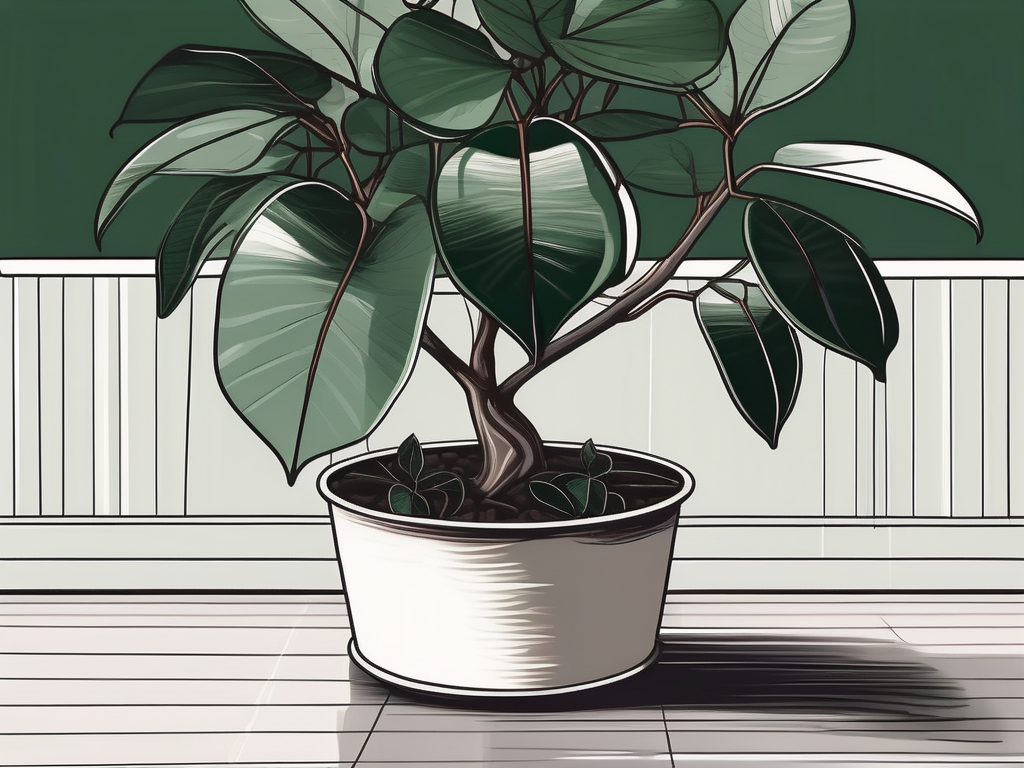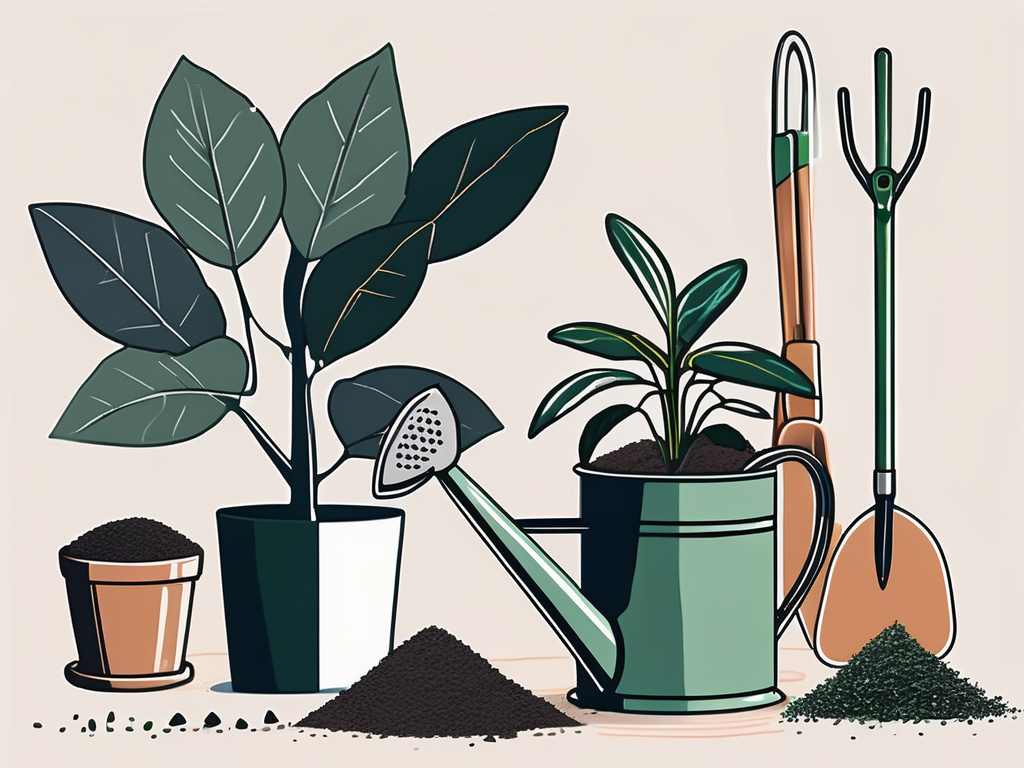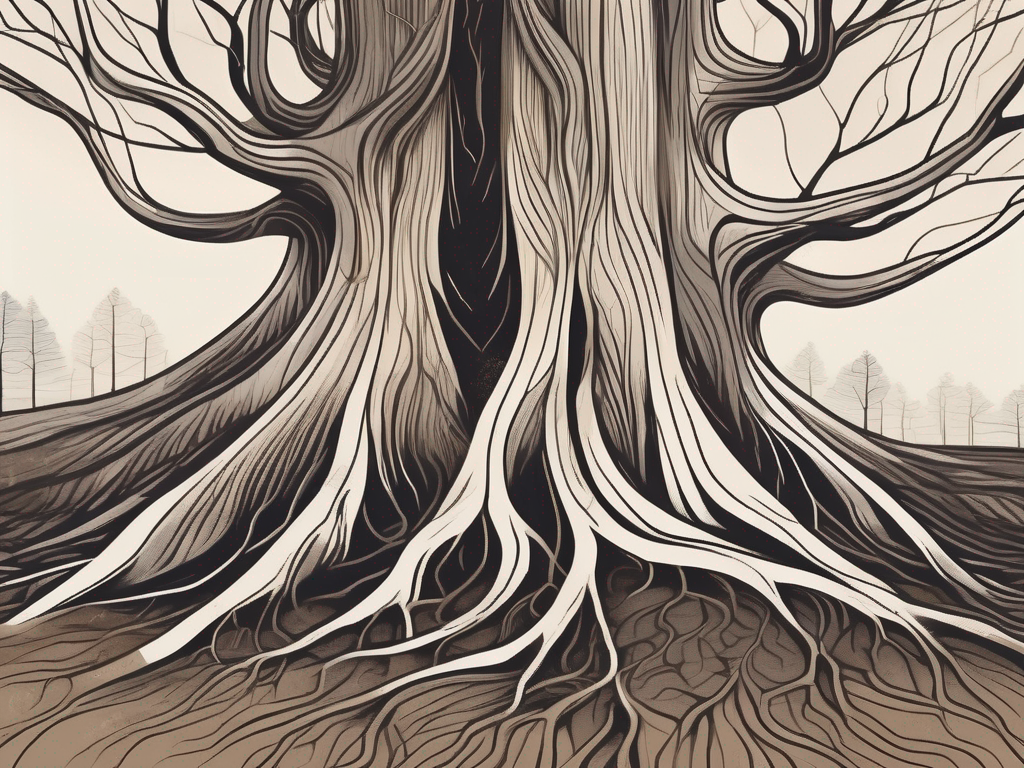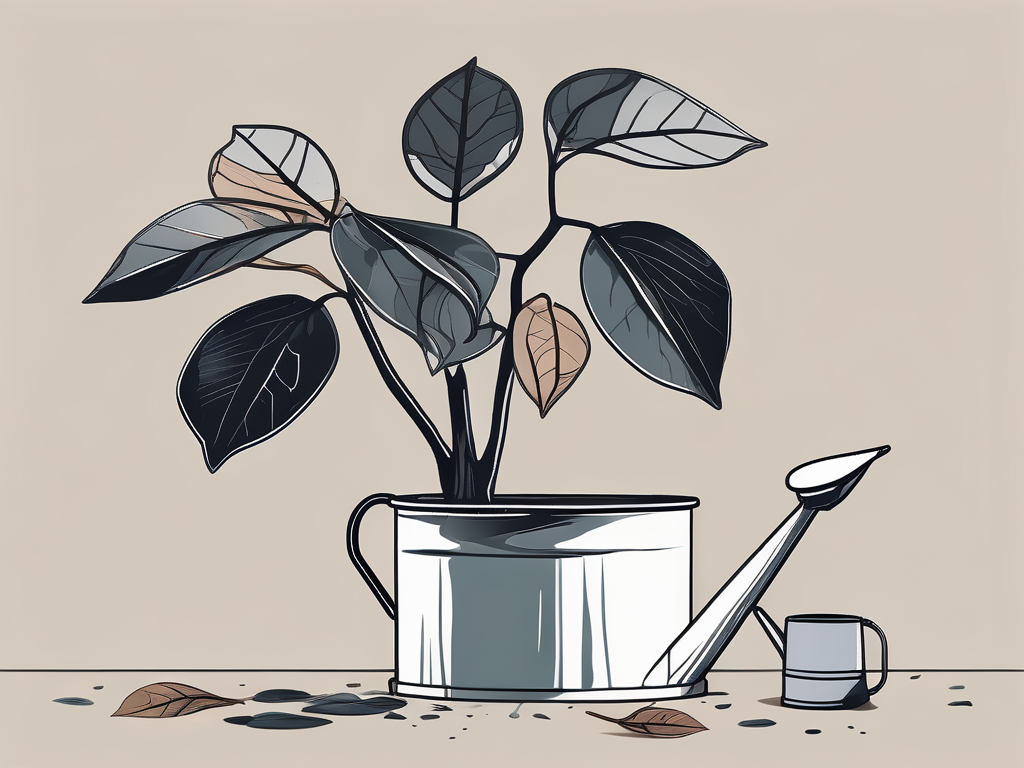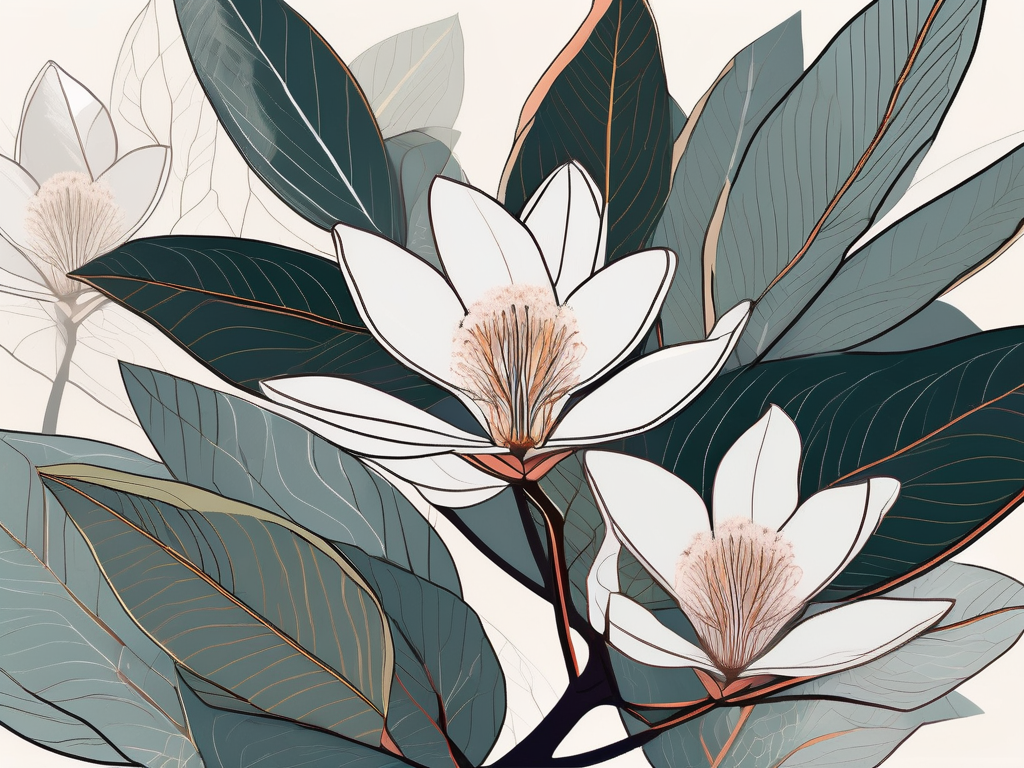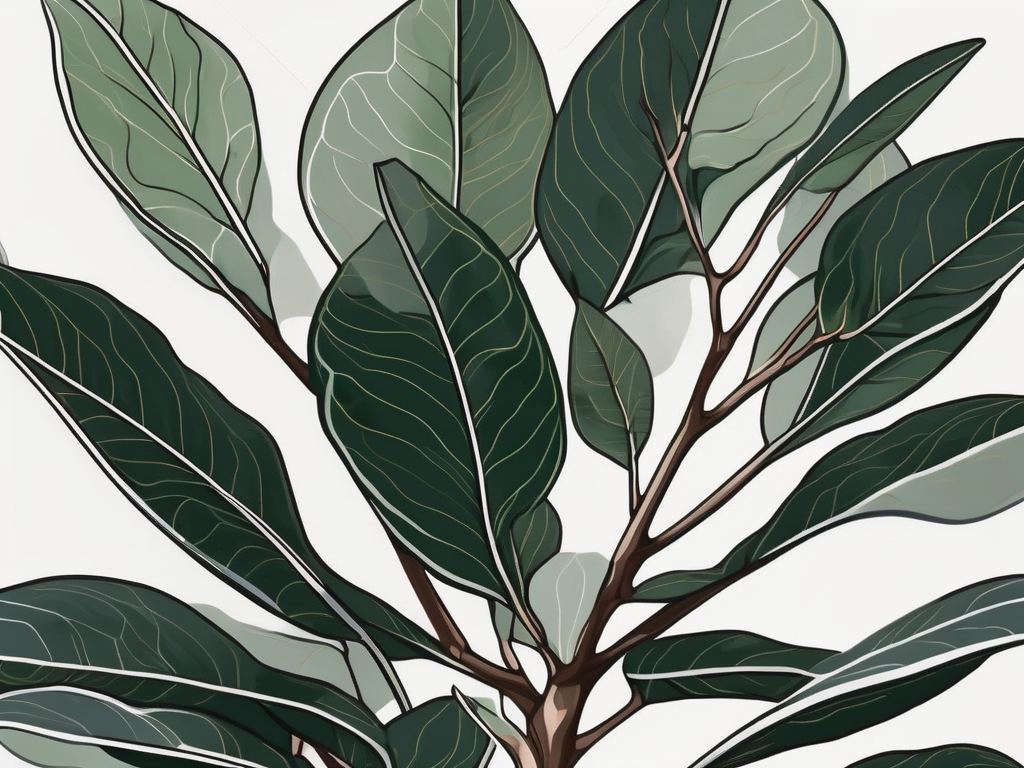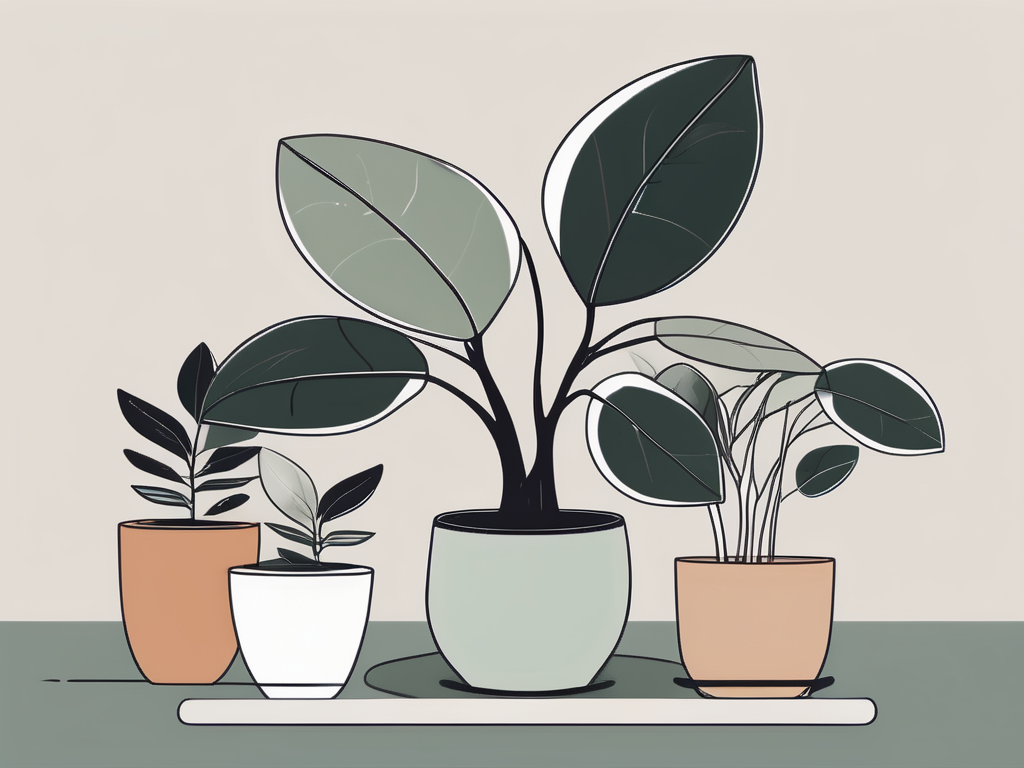
Finding the perfect pot for a Rubber Tree is like picking the right pair of shoes for a long walk. Not only does it need to look good, but it also has to be functional and comfortable for your plant. You want something that complements your home's style while ensuring your Rubber Tree’s roots can stretch and breathe. This post will guide you through everything you need to know about choosing the best pot for your Rubber Tree.
We’ll cover what makes a pot great for your Rubber Tree, the materials to consider, the importance of drainage, pot size, and even a little bit about aesthetics. Plus, I’ll share some practical tips and personal experiences to help you make the best decision for your plant and your home. Let’s get started!
Understanding the Needs of Your Rubber Tree
Before we jump into the pot choices, let's chat about what your Rubber Tree actually needs. These plants, known scientifically as Ficus elastica, are native to Southeast Asia and are used to warm, humid environments. While they are wonderfully adaptable to indoor settings, they still have some specific requirements when it comes to their homes—aka, their pots.
Rubber Trees prefer well-draining soil and a pot that allows excess water to escape. This is crucial because these plants are prone to root rot if left in standing water. They also have a robust root system, so they need a pot that gives them room to grow without being overly spacious. Too much space can actually hold too much moisture, which isn’t ideal.
Interestingly enough, Rubber Trees can grow quite tall indoors, sometimes reaching up to 10 feet! But don’t worry, they don’t need a massive pot to start with. The key is to gradually increase the pot size as the plant grows. This way, the roots have enough room to expand, while the plant remains stable and happy.
Choosing the Right Material
When it comes to picking a pot, the material is just as important as the size. Different materials have different properties that can affect your Rubber Tree’s health. Let’s take a look at some common options:
Terracotta
Terracotta pots are a popular choice for many plant lovers. They’re porous, which means they allow air and moisture to pass through the walls of the pot, helping to prevent overwatering. Plus, they have a classic, earthy look that suits a variety of interior styles. However, they can dry out the soil quicker, so you’ll need to keep an eye on your plant’s watering needs.
Ceramic
Ceramic pots come in a dizzying array of colors and designs, making them perfect for adding a pop of color or a touch of craftsmanship to your space. They’re less porous than terracotta, retaining moisture for longer—ideal if you tend to forget about watering your plant. Just make sure they have drainage holes or use them as outer decorative pots.
Plastic
Plastic pots are practical and budget-friendly. They’re lightweight, which is great if you like to move your plants around. They also retain moisture well, making them suitable for busy plant parents. Just be cautious of overwatering, as plastic doesn’t allow any moisture to escape through its walls.
Each material has its pros and cons, so consider your watering habits, aesthetic preferences, and budget when choosing the right one for your Rubber Tree.
The Importance of Drainage
If there’s one golden rule for potting a Rubber Tree, it’s ensuring your pot has proper drainage. Without it, water can pool at the bottom, leading to root rot—a common problem with these plants. But don’t worry, incorporating drainage is straightforward.
Always choose a pot with drainage holes at the bottom. These holes allow excess water to escape, preventing the roots from sitting in water. If you fall in love with a pot without holes (it happens!), you can either drill some yourself, if the material allows, or use it as a decorative cover pot. In the latter case, keep your Rubber Tree in a smaller plastic pot with holes and place it inside the decorative one.
Additionally, consider adding a layer of small stones or gravel at the bottom of the pot before adding soil. This layer helps improve drainage even further, ensuring your plant’s roots stay healthy and dry.
Finding the Perfect Size
When it comes to pot size, bigger isn’t always better. Your Rubber Tree will be happiest in a pot that’s just a little larger than its current root ball. A good rule of thumb is to choose a pot that’s 1-2 inches larger in diameter than the current one.
If you give your Rubber Tree too much space, the soil can retain excess moisture, which can lead to root rot. Conversely, a pot that’s too small will restrict root growth and can stress the plant. You want to find that Goldilocks size—just right for healthy growth.
As your Rubber Tree grows, it’ll eventually need to be repotted. This is typically every couple of years, or when you notice the roots growing out of the drainage holes. When repotting, gently loosen the roots and move the plant to a slightly larger pot. This gives the roots enough room to expand without overwhelming the plant.
Balancing Style and Function
While ensuring your Rubber Tree’s health is the top priority, let’s not forget about style. After all, a well-chosen pot can enhance your home’s decor and make your plant a statement piece.
Consider the overall aesthetic of your space. Do you lean towards modern, bohemian, rustic, or minimalist styles? Choose a pot that complements your existing decor. A sleek, matte ceramic pot might suit a minimalist home, while a hand-painted terracotta pot could add warmth to a bohemian space.
Color is another factor. Neutral tones like whites, grays, and earthy colors are versatile and can blend seamlessly into any room. Or, if you’re feeling bold, opt for vibrant hues that contrast with your plant’s deep green leaves.
Remember, your pot doesn’t have to match everything else in the room. It can be a unique piece that stands out, adding character and interest to your space.
Practical Tips for Potting Your Rubber Tree
Now that you’ve chosen the perfect pot, let’s talk about getting your Rubber Tree settled in. Here are some tips to ensure a smooth transition:
- Soil Choice: Use a well-draining potting mix, ideally one formulated for indoor plants. You can also mix in some perlite or sand to improve drainage.
- Watering: Water your Rubber Tree thoroughly after repotting, allowing the water to drain out completely. Then, wait until the top inch of soil feels dry before watering again.
- Placement: Place your plant in a spot with bright, indirect light. Too much direct sunlight can scorch the leaves, while too little can lead to leggy growth.
- Cleaning: Keep the leaves clean and dust-free by gently wiping them with a damp cloth. This helps the plant breathe and photosynthesize effectively.
These simple steps will help your Rubber Tree thrive in its new home, ensuring it continues to grow healthy and strong.
Common Mistakes to Avoid
While caring for a Rubber Tree isn’t rocket science, there are a few common pitfalls to watch out for:
Overwatering
As mentioned earlier, Rubber Trees don’t like sitting in water. Overwatering is one of the most common issues plant parents face, leading to root rot and other health problems. Always check the soil moisture before watering and use a pot with proper drainage.
Improper Lighting
Rubber Trees thrive in bright, indirect light. Placing them in direct sunlight can cause leaf scorch, while too little light can stunt their growth. If your plant isn’t thriving, consider moving it to a spot with better lighting conditions.
Ignoring Pests
Like any plant, Rubber Trees can fall prey to pests like spider mites and aphids. Regularly check your plant for signs of pests, such as webbing or sticky residue, and take action promptly. A gentle insecticidal soap or neem oil can help keep these nuisances at bay.
Avoiding these common mistakes will go a long way in keeping your Rubber Tree healthy and lush.
Repotting: When and How
Knowing when and how to repot your Rubber Tree is essential for maintaining its health. Here’s a quick guide:
When to Repot
Look for signs that your plant needs repotting, such as roots poking out of the drainage holes, the plant becoming top-heavy, or the soil drying out quickly after watering. Typically, Rubber Trees need repotting every 2-3 years.
How to Repot
When it’s time to repot, follow these steps:
- Choose a New Pot: Select a pot that’s 1-2 inches larger in diameter than the current one.
- Prepare the Pot: Add a layer of stones or gravel at the bottom for drainage, then fill it partially with fresh potting mix.
- Remove the Plant: Gently take the Rubber Tree out of its current pot. Loosen the roots slightly, especially if they’re tangled or circling the root ball.
- Place in New Pot: Position the plant in the new pot, filling in around it with fresh soil. Ensure the top of the root ball sits just below the pot’s rim.
- Water Thoroughly: Water the plant well, allowing excess water to drain out. This helps settle the soil around the roots.
Repotting might seem daunting, but it’s a great opportunity to refresh your plant’s environment and encourage healthy growth.
Decorative Pot Options
Once you’ve got the functionality down, it’s time to have a little fun with style. Here are a few decorative pot ideas to inspire you:
Baskets
Baskets are a trendy and versatile option for housing your Rubber Tree. They add a natural, boho vibe to your space and can easily be moved around. Just remember to use a liner or a plastic pot inside to catch any water.
Metal Planters
Metal planters, especially those in brass or copper finishes, can give your Rubber Tree a chic, modern look. They’re great for adding a touch of glam to your home and work well in contemporary or industrial spaces.
Patterned Pots
If you’re looking to make a statement, opt for a pot with bold patterns or colors. Geometric designs, stripes, or floral motifs can add visual interest and personality to your Rubber Tree’s home.
Whatever your style, there’s a decorative pot out there that’s perfect for your space. Have fun experimenting and finding the one that resonates with you.
Creating a Beautiful Plant Display
Your Rubber Tree doesn’t have to stand alone. Incorporating it into a beautiful plant display can enhance your home’s aesthetic and create a lush, inviting atmosphere. Here are some ideas:
- Grouped Display: Arrange your Rubber Tree with other houseplants of varying heights and textures. This creates a dynamic, layered look that’s visually appealing.
- Plant Stands: Elevate your Rubber Tree on a stylish plant stand to make it a focal point in the room. This also adds height and dimension to your display.
- Hanging Planters: Mix in some hanging plants to create an eye-catching vertical garden effect. This works well in spaces with limited floor space.
- Bookshelf Display: Incorporate your Rubber Tree into a bookshelf or open shelving unit. This adds greenery to your decor and makes your plant part of the overall design.
By experimenting with different arrangements, you can create a stunning plant display that brings life and charm to your home.
Final Thoughts
Choosing the right pot for your Rubber Tree involves balancing style, function, and the plant’s specific needs. By considering factors like material, size, and drainage, you can ensure your plant stays healthy and happy in its new home. Plus, with so many stylish options available, you’re sure to find a pot that complements your decor beautifully.
At Cafe Planta, we’re passionate about helping you care for your plants. We offer a variety of houseplants, care accessories, and even plant-themed apparel. If you have any questions, feel free to email us or DM us on Instagram. Whether you're just starting out or are an experienced plant parent, we're here to help you create a thriving plant collection in your home.














